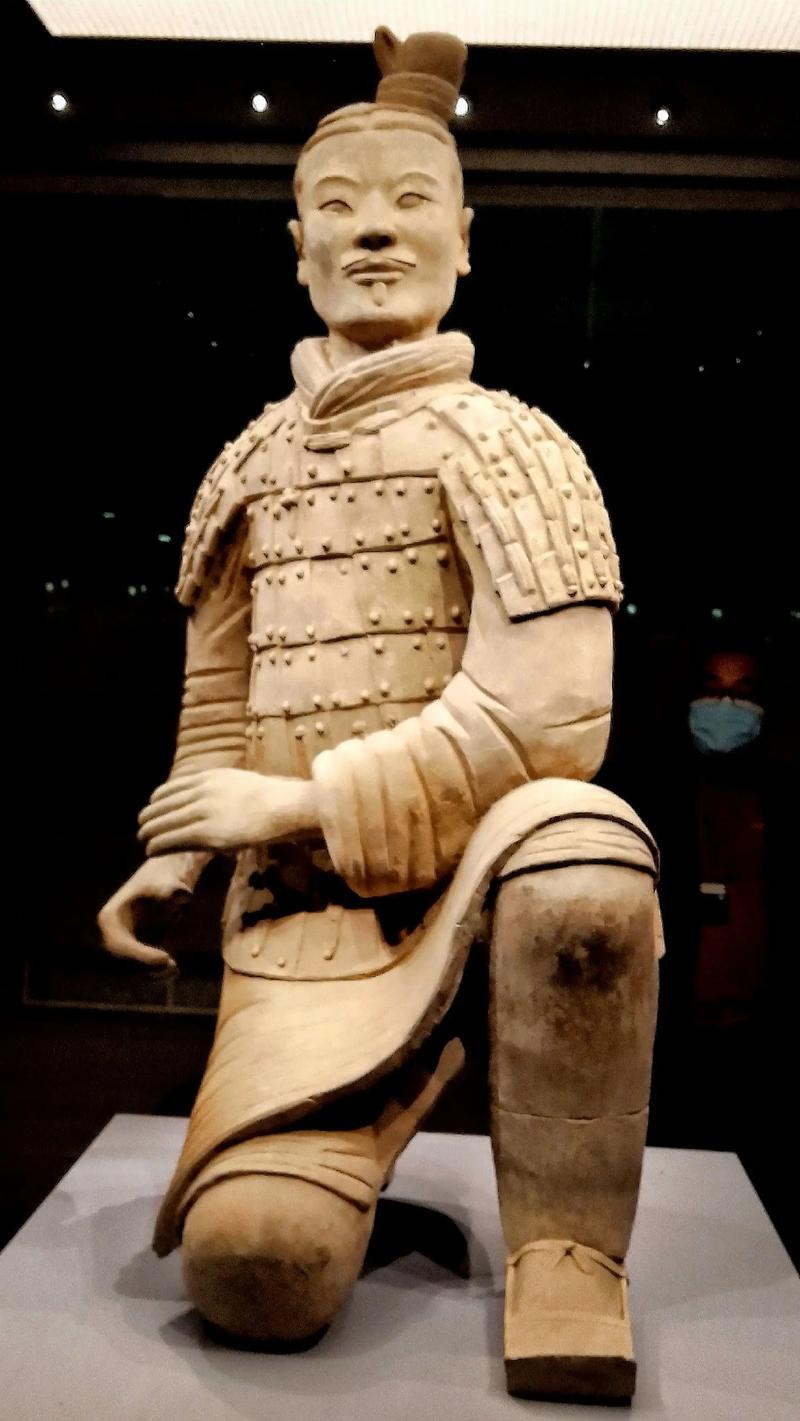
What Did the Terracotta Army Wear?
The Terracotta Army, a vast collection of life-sized sculptures, is a testament to the might and ambition of Qin Shi Huang, the first emperor of a unified China. These clay soldiers, each meticulously crafted with unique features, were meant to accompany the emperor into the afterlife and protect him in his eternal reign. One intriguing detail about these warriors has puzzled historians and archaeologists alike: their attire.
Armored but Bareheaded: The Terracotta Army's Uniform
All of the First Emperor's terracotta warriors are depicted wearing intricately detailed armor. Each suit of armor appears uniquely designed, reflecting the rank and role of the soldier it adorns. The craftsmanship is astounding, with individual scales and plates meticulously rendered. However, despite their armored bodies, all the warriors, regardless of rank or role, are depicted without helmets. This peculiar detail has sparked numerous theories and interpretations.
The Significance of the Missing Helmets
The most widely accepted explanation for the absence of helmets on the Terracotta Army relates to the intended function of these clay soldiers. They were not meant to represent a standing army ready for battle, but rather a symbolic funerary procession escorting their emperor into the afterlife.
In the strictly hierarchical society of ancient China, protocol dictated that subordinates remove their helmets in the presence of the emperor as a sign of respect and submission. Therefore, the terracotta warriors' bare heads could be interpreted as an act of deference to their emperor, Qin Shi Huang, in his journey to the afterlife. This theory underscores the importance of social hierarchy and protocol in ancient Chinese society, even extending into the realm of death and the afterlife.
Beyond the Protocol: Other Possible Interpretations
While the ceremonial protocol theory holds considerable weight, other interpretations exist:
- Practical Considerations: Some scholars suggest that the helmets might have been made of perishable materials like leather or wood, which have since decayed over time. Others posit that the sheer scale of the project might have made producing helmets for every single warrior logistically challenging.
- Artistic Choice: The absence of helmets could also be attributed to artistic license. By leaving the heads uncovered, the artists could showcase the individuality and detail of each warrior's face, adding to the realism and emotional impact of the sculptures.
Conclusion
The mystery of the missing helmets, while intriguing, remains unsolved. However, the most compelling explanation points towards the Terracotta Army's role as a funerary procession, with the bareheaded warriors reflecting the strict protocols of respect and submission towards their emperor, even in death. The absence of helmets, regardless of the reason, serves as a reminder of the complex cultural and societal nuances that continue to fascinate and intrigue us today.
Q&A
1. Why is the Terracotta Army significant?
The Terracotta Army is significant because it provides invaluable insights into the military practices, artistry, and cultural beliefs of ancient China during the Qin dynasty. It is considered one of the most important archaeological discoveries of the 20th century.
2. What is the most accepted explanation for the warriors not wearing helmets?
The most accepted explanation is that the warriors are meant to represent a funerary procession, not a standing army. In ancient China, subordinates removed their helmets as a sign of respect when in the presence of their emperor.
3. Are there other theories about the missing helmets?
Yes, some theories suggest the helmets were made of perishable materials or that it was a logistical challenge to produce them for every warrior. Others believe it was an artistic choice to showcase the detail of the warriors' faces.